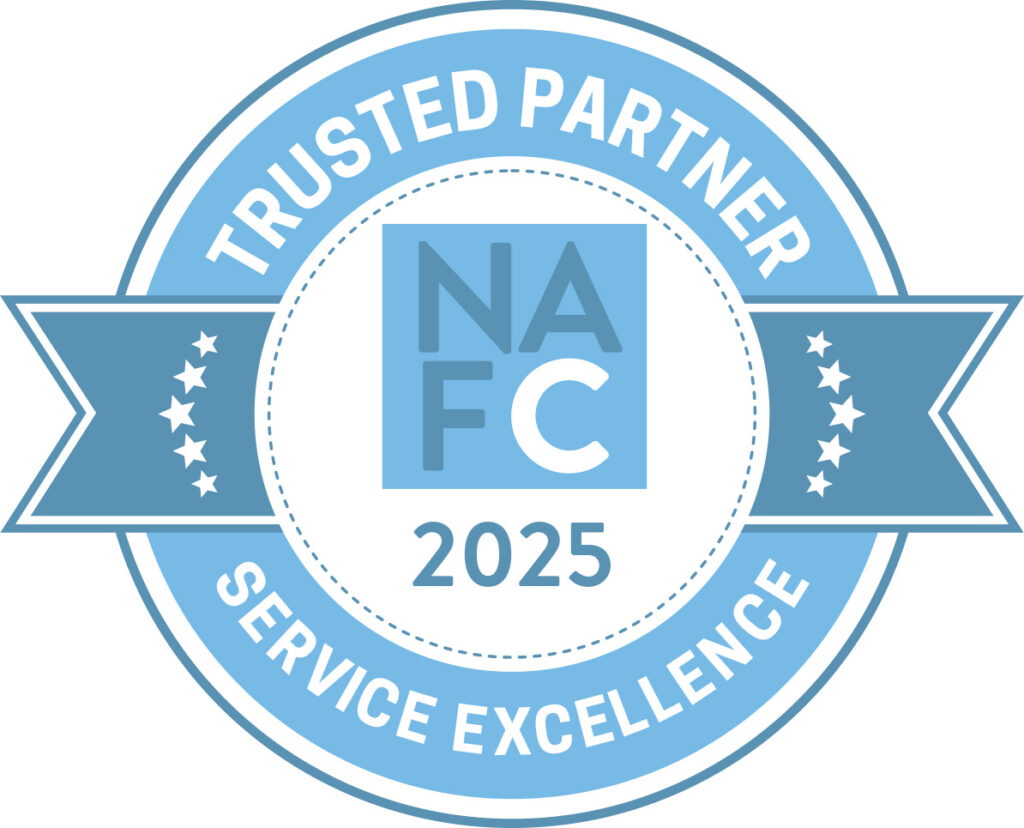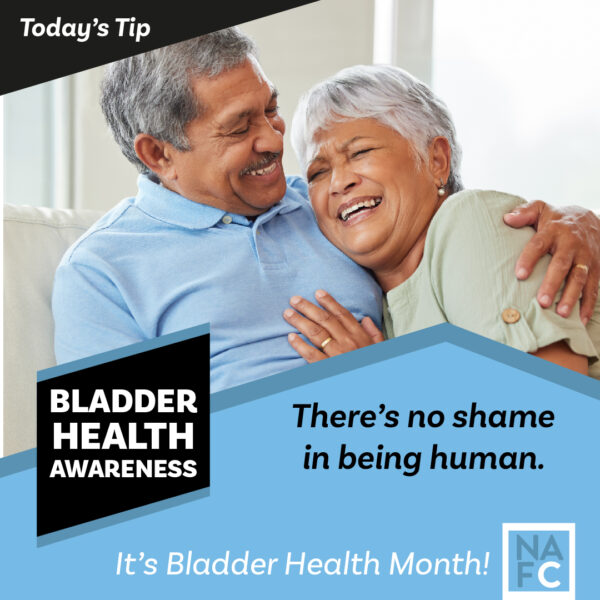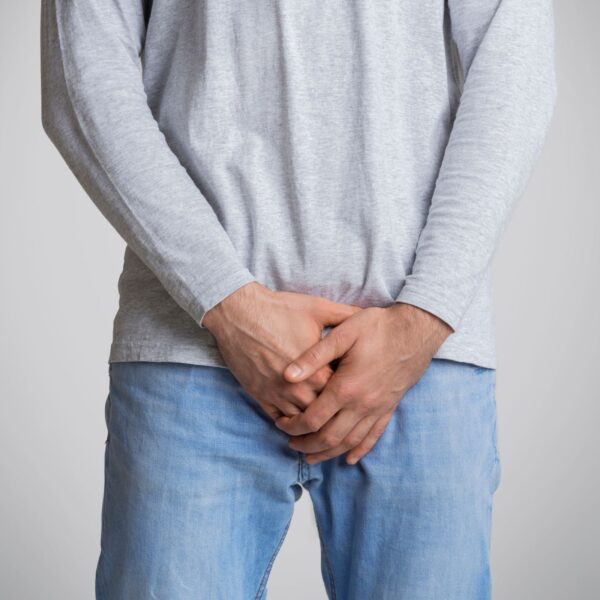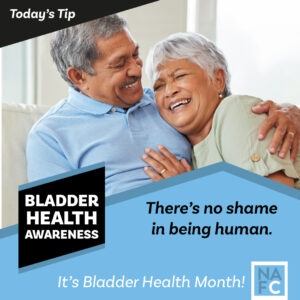Enuresis, or bed-wetting, is commonly associated with children but night time incontinence also affects adults, both young and old.
Night time incontinence or “bedwetting” requires medical attention starting with primary care providers. When asking about urinary history, providers may consider inquiring about any recent incontinent episodes along with any history during childhood. This would help uncover a problem and save the patient the embarrassment of bringing it up. Simply asking if there is “any problem with bowel or bladder” may not uncover an issue a patient is uncomfortable talking about. In young adults, bedwetting is uncommon and can be indicative of something more serious. In the elderly it is not as unusual, but is not considered a normal part of aging. Incontinence can be managed in a variety of ways.
Causes of bedwetting in younger adults might be:
-
Diabetes – new or undiagnosed
-
Medication side effects
-
Sleep apnea, or not awakening to the sensation of a full bladder
-
Manufacturing large amount of urine at night
-
Underdeveloped bladder
-
Urinary tract infection or kidney/bladder stones
-
Chronic constipation
-
Weak pelvic floor muscles (mostly females)
-
Neurological disorder or injury
In older adults, causes might also include:
-
Bladder cancer or tumor
-
Prostate cancer or enlargement
-
Overactive bladder
-
Weak pelvic floor muscles
-
Dementia
PCPs should start with a complete physical examination that includes lab analysis of urine and blood. A referral to a specialist might be needed where additional tests would be ordered such as an abdominal ultrasound, neurological exam and other urological procedures.
Treatment of bedwetting in adults centers on the root cause. Many times the incontinence is reversible once the underlying cause is identified. Determining the origin is often the biggest challenge but definitely worth pursuing. Until there is a diagnosis and treatment regimen, it is important to keep patients dry and comfortable during the night. Here are ways to achieve this.
Absorbent products: Adult protective underwear (or adult pull ups) works wonders in protecting skin, bedding and clothing from urine when the need is moderate. For the best performance of these products, make sure they are the correct size and worn comfortably snug. If protective underwear is not enough protection, a “brief” product can also be worn for heavier need. They are comfortable to wear and are available at drug stores, medical equipment providers and on line. Go to prevail.com for more information.
Kegels exercises: Pelvic floor strengthening has proven to help adults of all ages with urge incontinence and bedwetting. A stronger pelvic floor could reduce the number of bedwetting episodes and allow a person to get to the bathroom in time to void. A physical therapist trained in incontinence care can be very helpful with these exercises.
Here are some other ideas, but patients should speak to their doctor before trying:
Set an alarm to awaken during the night to toilet. If the patient is wet before the time of the alarm, set the alarm to an earlier time until finding the ideal hour of the night to toilet.
Watch fluid intake: Limiting after-dinner fluids will likely reduce urine production at night. But PLEASE NOTE: if someone is very physically active into the evening hours, or could become dehydrated for any reason, this would not be recommended.
Prescription Drugs: Medications to control incontinence is directed at treating the underlying cause. In cases where there is urge incontinence, some medications may help to relax the detrusor muscle contractions of the bladder. This type of incontinence is more common in older adults, but can certainly effect younger and middle-age patients. For those suffering from a lack of vasopressin (a chemical that keeps the body from eliminating too much fluid), Desmopressin is a drug that replaces vasopressin in the body. This is often associated with diabetes insipidus, brain tumor or head injury. Careful assessment by a specialist would be in order in this case.
Night time incontinence may differ with younger and older adults but can be treated and managed in most cases. Perseverance and motivation on the part of both patients and providers are key to managing night time incontinence. Providers should stress that this is not the patient’s fault and it happens to others as well. A provider should also emphasize that incontinence can be managed and assure patients they will search for the underlying cause and proper treatment.
About The Author
Christine Pruneau RN, BSN, RAC-CT
Christine has 25 years of experience in clinical education for a long term care and home health. She is a frequent speaker on the subject of continence management and has a special interest in restorative health in both adults and children. Christine is the Clinical Director for Home Care Division at First Quality Healthcare.






